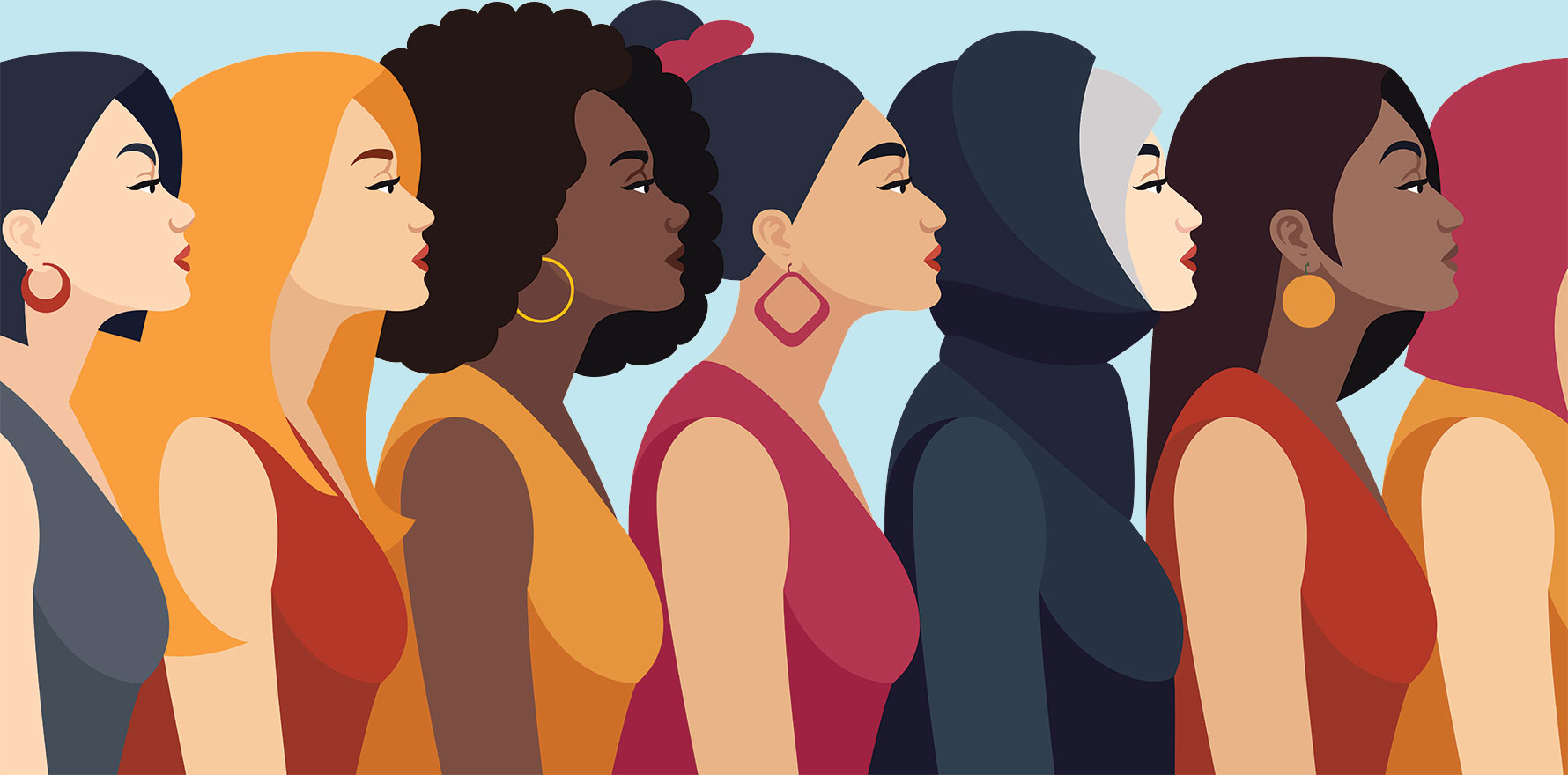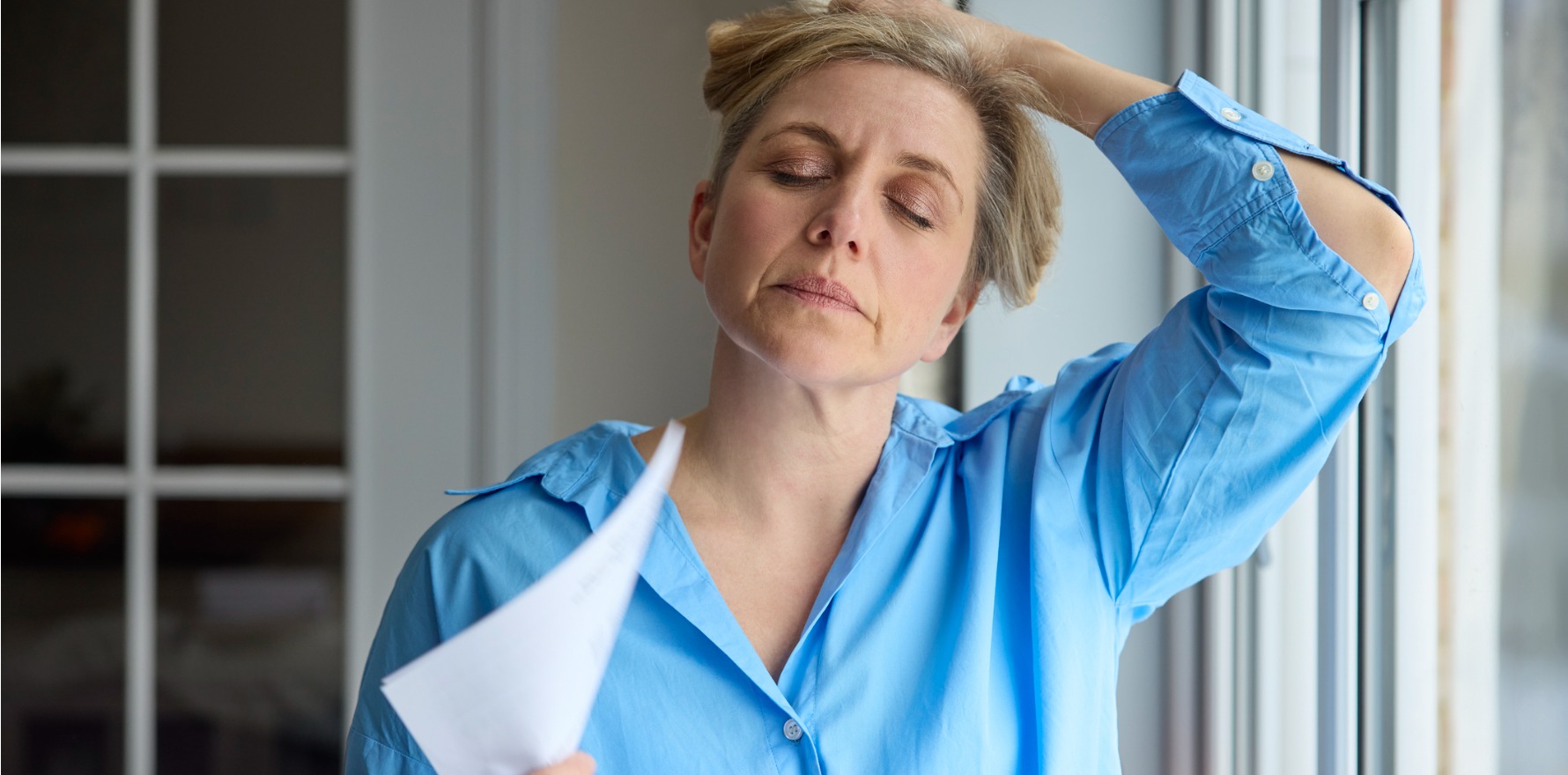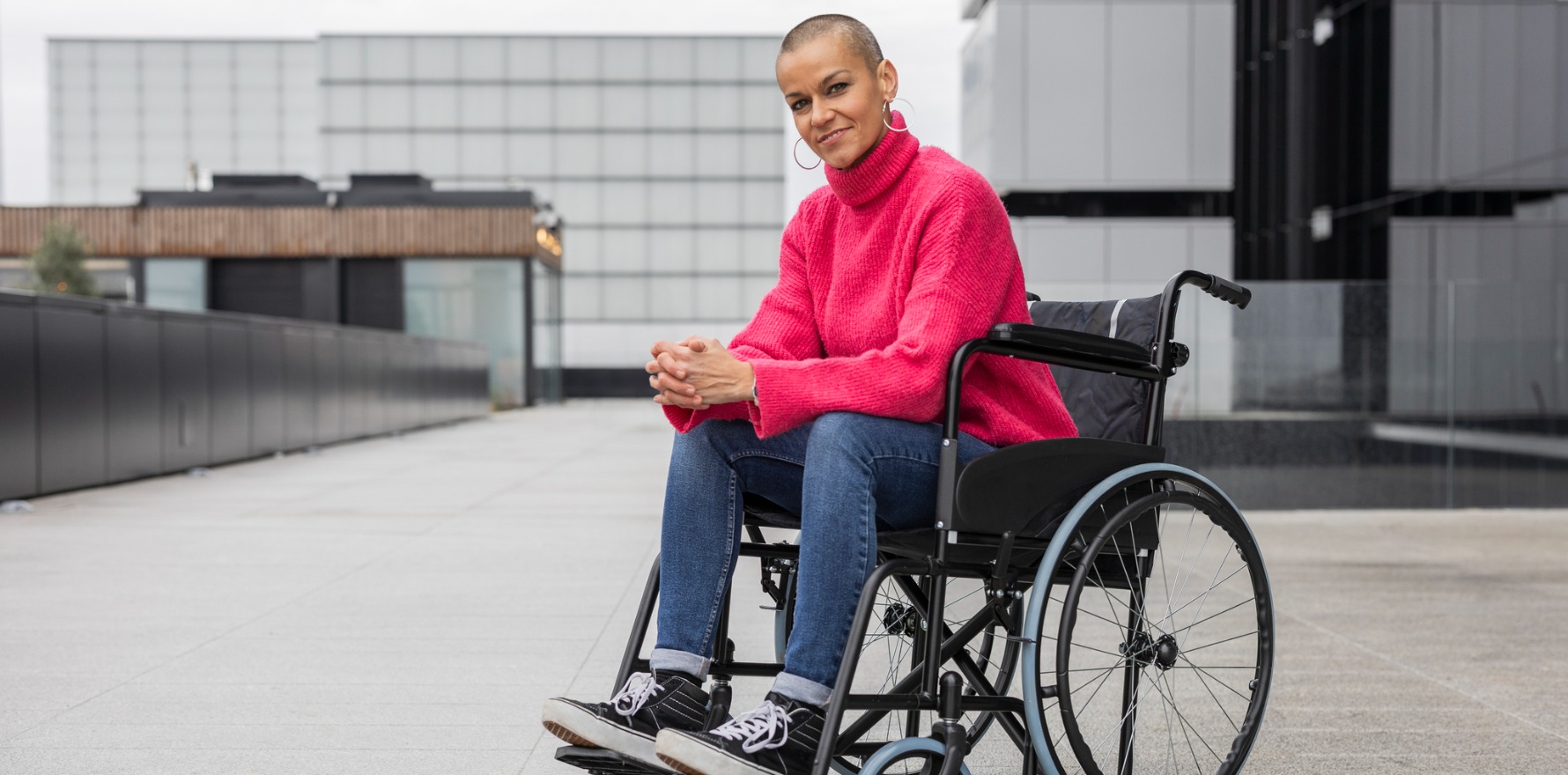Australian clinicians need to be aware how differently menopause may present in women of other ethnicities.
An update on menopause hormone therapy emphasises providing evidence-based treatment according to individual circumstances. But not all individuals are represented in the research.
“We have a poor understanding of the ethnic diversity of the experiences of menopause still, that symptoms may differ between ethnic groups,” says endocrinologist Professor Susan Davis, head of the Monash University Women’s Health Research Program, who with her co-author was invited to write the “Update on Menopause Hormone Therapy; Current Indications and Unanswered Questions” for the journal Clinical Endocrinology.
Menopause manifests differently in different parts of the world, she told TMR. For example, the average age of menopause in people of European background is 51, and before the age of 45 it’s considered early. However, in India the average age is 47.
“If you’ve got somebody who’s emigrated from India in their 30s, and they go through menopause at 47, is that abnormal for them? Maybe it’s not premature. We would say that younger women tend to need higher doses of oestrogen. [But] if the average age of menopause in Indian women is 47, maybe giving a high dose is not appropriate,” Professor Davis said.
She said there was “a trend” to start younger women on a high dose of oestrogen. “But I would be advocating that you start low, with conservative doses, and increase the dose only as needed.”
Awareness of different onset symptoms was another consideration, she said.
“Women of Asian backgrounds are more likely to present with musculoskeletal symptoms than hot flashes or night sweats. They may not get hot flashes or night sweats, but they might come in with aches and pains.”
Professor Davis said this was important to think about, given the substantial number of people from India and Asia living in Australia.
“If a woman in her 40s comes in with aches and pains and fatigue, the first thing to ask, obviously, is iron deficiency and thyroid disease and so on, but also, what’s happening to their periods, and if they’re becoming irregular – maybe this is a manifestation of menopause,” she said.
Related
The MHT update covers the benefits and low risk of MHT for menopause symptoms in healthy women, and the impact on bone health and blood pressure.
The authors note the relative lack of information for those with comorbidities and they have provided a summary of risk and side effect amelioration for patients with common ones.
“Counselling regarding MHT risk uncertainties is recommended to aid informed consent for all patients in these categories,” they write.
Obesity is top of that list, which also includes diabetes, hypertension, CVD, smoking, excess alcohol, chronic liver disease, advanced kidney disease, migraine, severe hyperlipidaemia, history or high risk of VTE, epilepsy, endometriosis and other gynaecological problems, gut issues, lupus and porphyria.
“In our recent study, 65% of women 40-69 were overweight or obese,” said Professor Davis.
“The main risk with overweight and obesity is oral oestrogen increasing the risk of DVT.”
Transdermal oestrogen was generally preferred over oral oestrogen, but 5-10% of women don’t absorb oestrogen well through the skin, said Professor Davis.
“Being obese increases your risk of breast cancer by about 40%. Adding oestrogen basically makes no difference to that risk. Where the risk seems to change [is] in normal to lower-body-weight women; that’s where you might see an increased risk of breast cancer with hormone therapy.”
Some outdated ideas about the duration of MHT and upper age limit persisted, Professor Davis said. “There is no stopping date. There’s no set time [after which] you must stop. It’s about: is there a reason to continue?”





